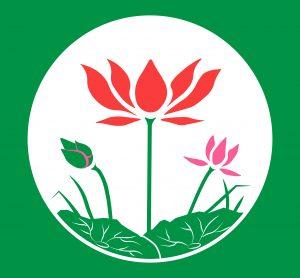Health Geography is the application of geographical information, perspectives and methods in the study of health, disease and health care. There are 5 core ideas within Health Geography: spatial patterning of disease and health, service provision, humanistic approaches to medical geography, structuralist and materialist approaches to medical geography, and cultural approaches to medical geography. In the past, ‘medical geography’ was prominent in the geographical study of health, disease, and health care. However, now with contemporary approaches: Humanistic, structuralist , and cultural geographies of health, it is viewed more holistically with a variety of cultural systems and biospheres taken into account as well. Humanistic approaches to medical geography typically look at understanding lay rationality. Structuralist and materialist approaches looks at the inequalities in health, through the perspective of Marxist critiques of capitalism. It assumes that the structure of social, political and economic systems are the key determinant of health and variations in health. Cultural approaches consider the field by looking and therapeutic landscapes and health promotion, assuming that it is important to reframe health in positive terms, with place being an important determinant of health.
There are also 3 main themes in health geography: disease ecology, health care delivery, and environments & health. Disease ecology deals with the interactions between viruses or bacterias versus human/non-human hosts. Health care delivery is involved with the distribution of health services with respect to human settlement as well as social inequalities in access to health services. Environment and health focuses on the environment’s contribution to people’s health and well-being.

